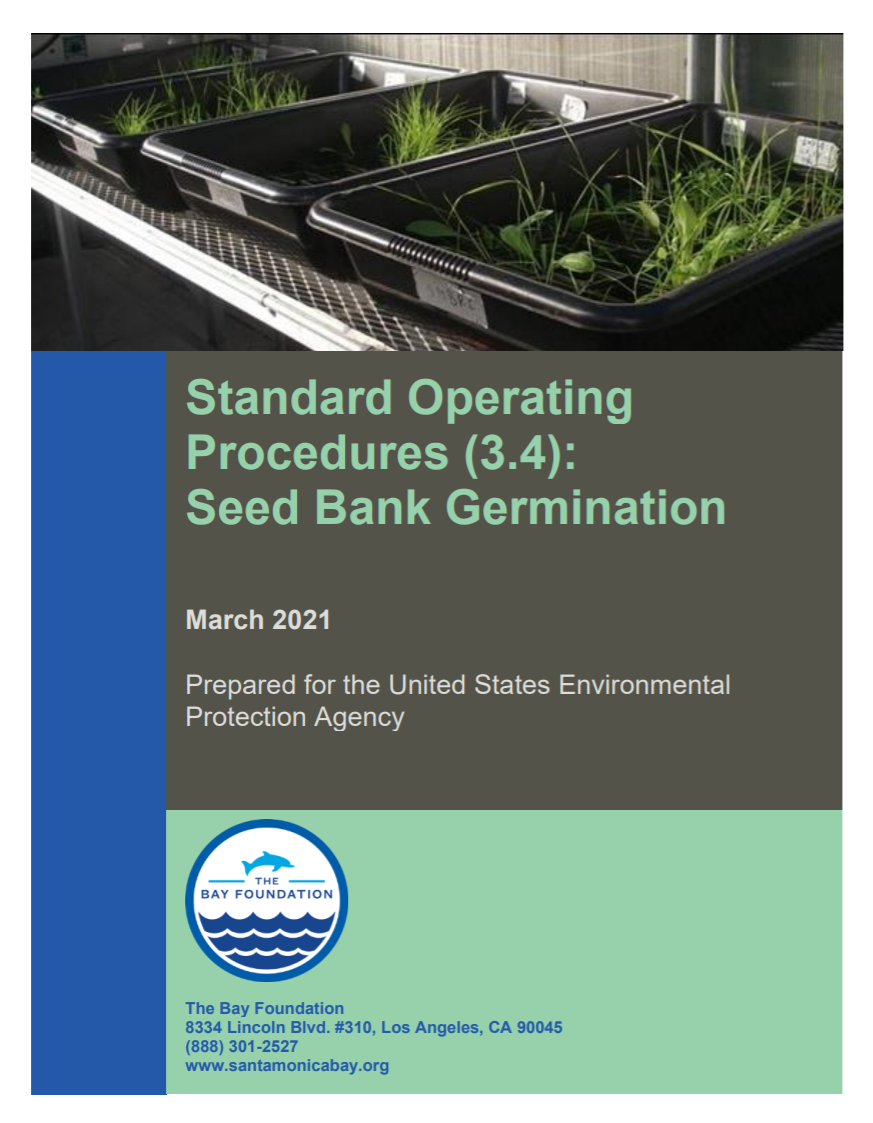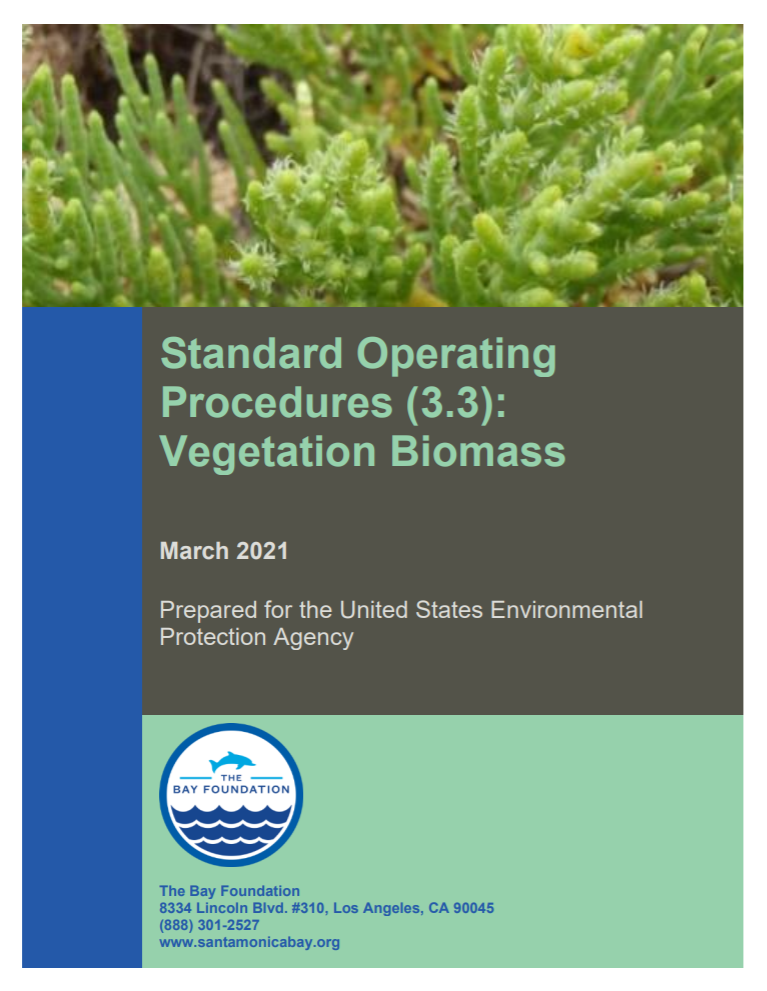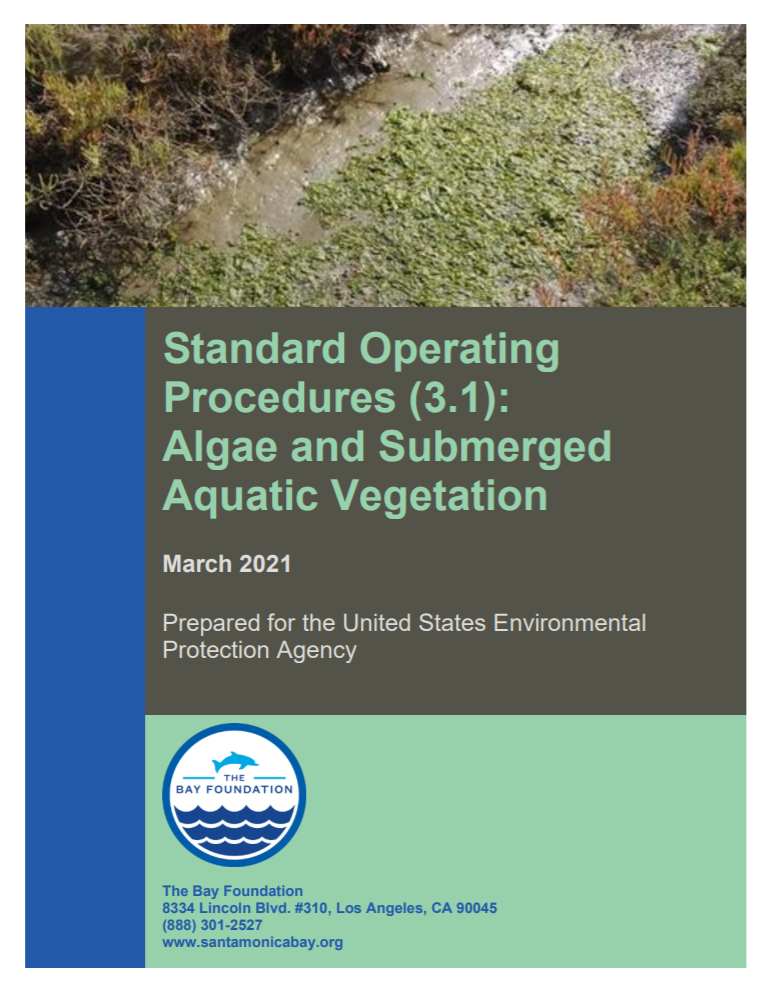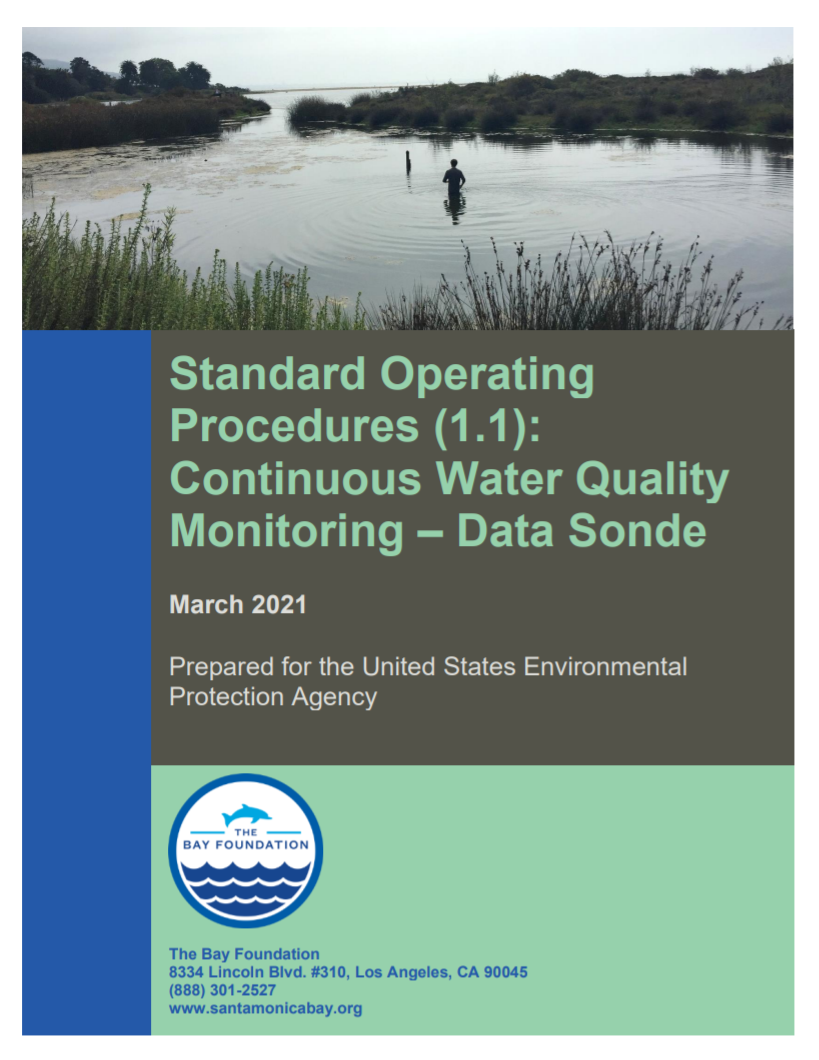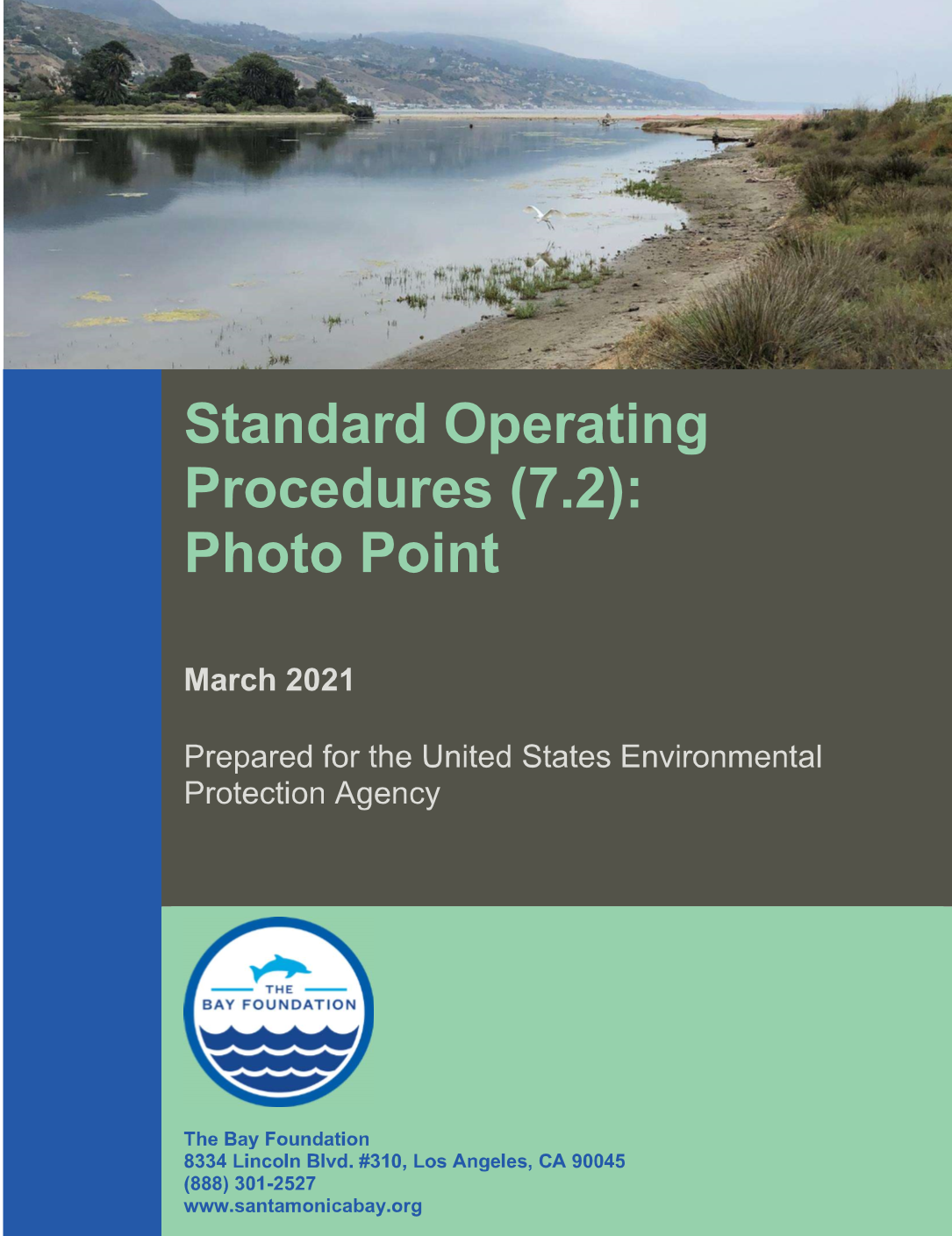This detailed report outlines seed bank germination evaluation techniques. Prepared for the United States Environmental Protection Agency.
Topic Category: Revitalizing Wetlands
Standard Operating Procedures (3.3): Vegetation Biomass
This detailed report outlines vegetation biomass evaluation techniques. Prepared for the United States Environmental Protection Agency.
Standard Operating Procedures (3.2): Vegetation Cover Surveys
This detailed report outlines vegetation cover survey evaluation techniques. Prepared for the United States Environmental Protection Agency.
Standard Operating Procedures (3.1): Algae and Submerged Aquatic Vegetation
This detailed report outlines algae and submerged aquatic vegetation evaluation techniques. Prepared for the United States Environmental Protection Agency.
Standard Operating Procedures (2.1): Soil Salinity, Texture, and Pore Water
This detailed report outlines soil salinity, texture and pore water monitoring evaluation and measuring techniques. Prepared for the United States Environmental Protection Agency.
Standard Operating Procedures (1.1): Continuous Water Quality Monitoring – Data Sonde
This detailed report outlines water quality monitoring evaluation and measuring techniques. Prepared for the United States Environmental Protection Agency.
Standard Operating Procedures (8.1): Motion Wildlife Camera Surveys
Standard Operating Procedures for Motion Wildlife Camera Surveys. Prepared for the United States Environmental Protection Agency.
Standard Operating Procedures (6.2): Terrestrial Invertebrates
Terrestrial invertebrates are a vital component of wetland food webs and are indicators of the overall health of a system (Zedler 2001). The primary purpose of this sampling method is to document aerial and epigeal (above soil surface) arthropod productivity (as biomass per unit area, or biomass per day) for each habitat or area by… Continue reading Standard Operating Procedures (6.2): Terrestrial Invertebrates
Standard Operating Procedures (7.2): Photo Point
The primary purpose of this sampling method is to capture broad changes in the landscape and vegetation communities over seasons or years or to visually track restoration trajectories over time. This method collects georeferenced photos for use in site management (e.g., invasive species tracking) and long-term data collection. Each year (or seasonally), photograph(s) taken at… Continue reading Standard Operating Procedures (7.2): Photo Point
Standard Operating Procedures (2.2): Soil Grain Size and Organic Content
The objective of this Standard Operating Procedure (SOP) is to describe the equipment and protocols for analyzing soil grain size and the percentage of organic matter in the sample. With some modifications, organic content analyses can be modified to assess “blue carbon” stored in soils, which is critical for understanding the role of wetlands in… Continue reading Standard Operating Procedures (2.2): Soil Grain Size and Organic Content
